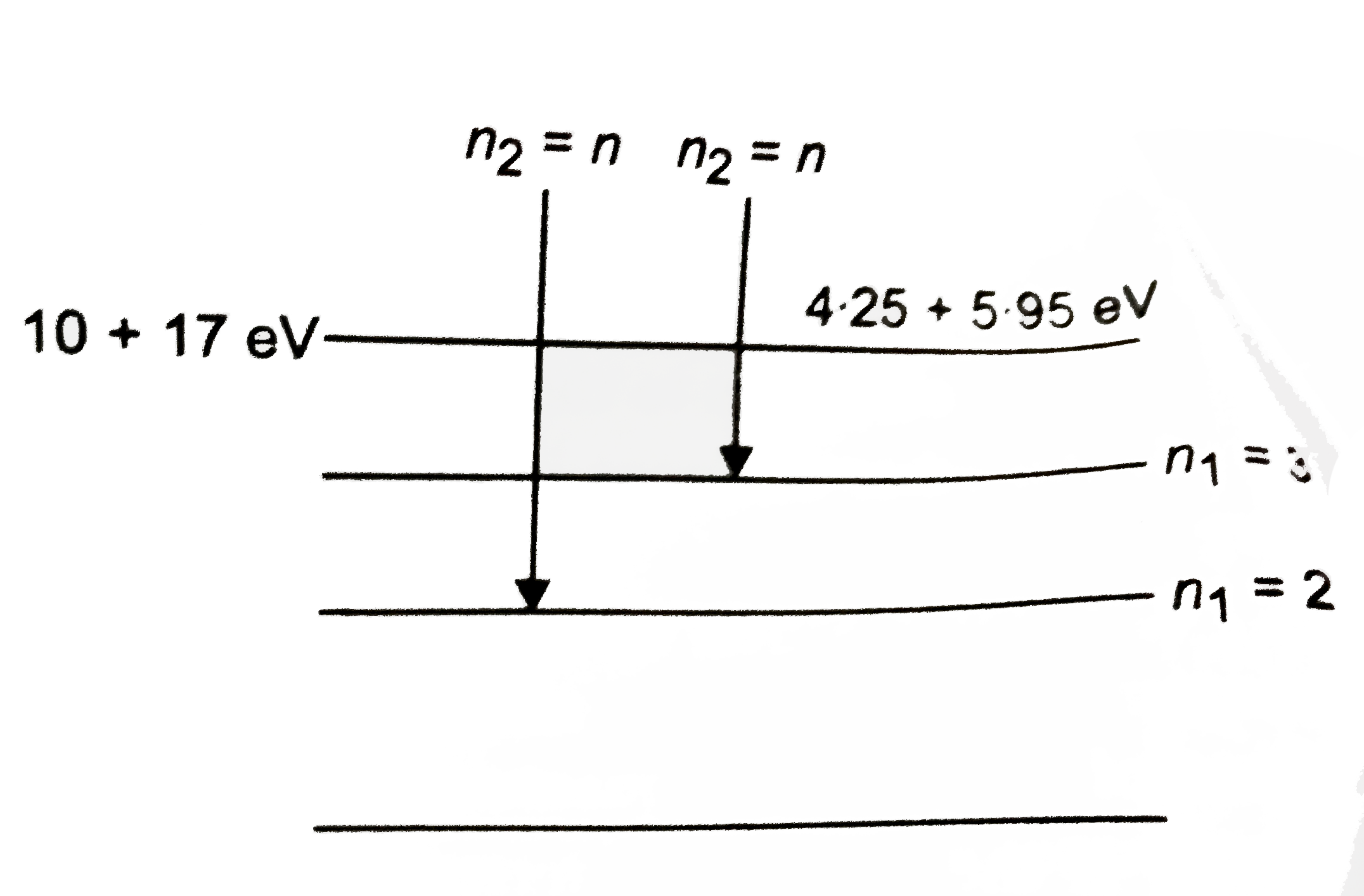Text Solution
Verified by Experts
|
Topper's Solved these Questions
STRUCTURE OF ATOM
PRADEEP|Exercise Test Your Grip (Multiple Choice Questions)|30 VideosView PlaylistSTRUCTURE OF ATOM
PRADEEP|Exercise Test Your Grip (Fill in the Blanks)|24 VideosView PlaylistSTRUCTURE OF ATOM
PRADEEP|Exercise Problem for Practice|78 VideosView PlaylistSTATES OF MATTER: SOLID MATTER
PRADEEP|Exercise COMPETITION FOCUS (ASSERTION-REASON)|17 VideosView PlaylistTHERMODYNAMICS
PRADEEP|Exercise MULTIPLE CHOICE QUESTION ( BASED ON PRACTICAL CHEMISTRY)|3 VideosView Playlist
Similar Questions
Explore conceptually related problems
Knowledge Check
Similar Questions
Explore conceptually related problems
PRADEEP-STRUCTURE OF ATOM-Advanced Problems For Competitions
- A hydrogen like atom (atomic number z) is in a higher excited state of...
04:44
|
Playing Now - An iodine molecule dissociates into atom after absorbing light of wav...
02:31
|
Play - Calculate the angular frequency of an electron occuppying the second B...
03:11
|
Play - A leaser emits monochromatic radiation of wavelength 663 nm. If it emi...
03:23
|
Play - Find the quantum number n corresponding to the excited state of He^(+)...
05:33
|
Play - 1.8 g hydrogen atoms are excited to raditions . They study of spectra...
06:23
|
Play - The velocity of electron in a certain Bohr's orbit of H-atom bears the...
02:44
|
Play - In hydrogen atom, energy of first excited state is - 3.4 eV. Then, KE...
01:08
|
Play - Photoelectric emission is observed from a surface for frequencies v(1)...
04:42
|
Play - A photon with initial frquency 10^(11) Hz scatters off an electron at ...
02:21
|
Play - When a hydrogen atoms emits a photon of energy 12.1 eV , its orbital a...
04:39
|
Play - The angular momentum of electron in a Bohr's orbit of H atom is 4....
01:47
|
Play - The radial wave equation for hydrogen of radial nodes from nucleus are...
02:10
|
Play - Calculate the momentum of electron moving with 1//3 3rd velocity of l...
01:10
|
Play - An electron beam can undergo defraction by crystals. Through what pot...
02:32
|
Play - If He^(+)ions are known to have the wavelength difference of the first...
03:23
|
Play - An electron in H-atom in its ground state absorbs 1.5 times as much e...
03:22
|
Play - The wavelength of H(alpha) line of Balmer series is 6500 Å. What is th...
02:55
|
Play
